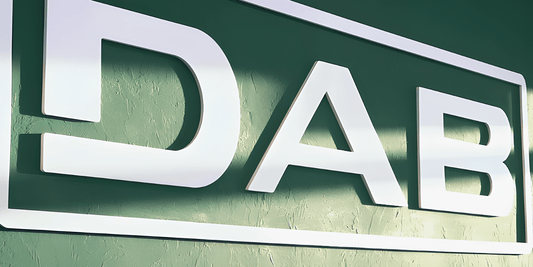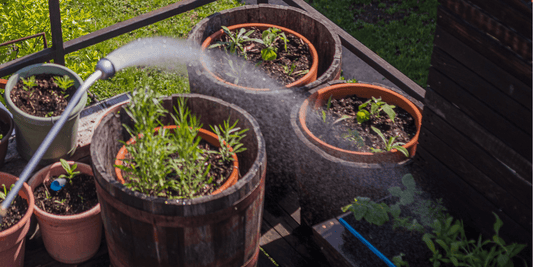Mastering Precision: The Power of Pressure Switches in Controlling Fluid Dynamics
Share
Pressure switches are devices that monitor the pressure in a system and can automatically control the operation of equipment, such as pumps, compressors, and other machinery, based on changes in pressure. These switches are commonly used in various applications to ensure that pressure levels are within specified ranges. Here's a basic explanation of how pressure switches work:
Components and Operation:
- Pressure Sensing Element: The pressure switch has a sensing element, often a diaphragm or a bellows, that responds to changes in pressure within the system.
- Adjustable Setpoint: Users can typically adjust the pressure setpoint on the switch. This setpoint represents the pressure level at which the switch will actuate, either turning a device on or off.
- Contacts: The pressure switch contains electrical contacts that are controlled by the movement of the sensing element. When the pressure reaches the setpoint, these contacts either open or close, completing or interrupting an electrical circuit.
- Cut-In and Cut-Out Pressure: The cut-in pressure is the pressure at which the switch turns on, allowing the associated equipment to start operating. The cut-out pressure is the pressure at which the switch turns off, stopping the equipment.
Operation Sequence:
- Pressure Rise: As the pressure in the system rises, the sensing element of the pressure switch deforms or moves in response.
-
Contact Activation: When the pressure reaches the preset cut-in level, the switch's contacts move to their activated position, completing the electrical circuit and allowing the associated equipment to start.
-
Equipment Operation: The equipment, such as a pump or compressor, operates until the pressure reaches the cut-out level.
-
Pressure Fall: As the pressure falls, the sensing element returns to its original position.
-
Contact Deactivation: When the pressure reaches the cut-out level, the contacts move back to their original position, breaking the electrical circuit and stopping the equipment.
Applications:
- Water Systems: Pressure switches are commonly used in water well systems to control the operation of pumps to maintain a steady water pressure.
- Air Compressors: They control the operation of air compressors, ensuring that the air pressure remains within a specified range.
- HVAC Systems: Pressure switches are used in heating, ventilation, and air conditioning systems to monitor and control airflow and pressure.
- Industrial Processes: In various industrial applications, pressure switches play a crucial role in controlling pumps, motors, and other equipment.
Understanding the specifications and settings of a pressure switch is crucial for ensuring its proper function in a specific application. Always refer to the manufacturer's guidelines and documentation for accurate installation and operation.



